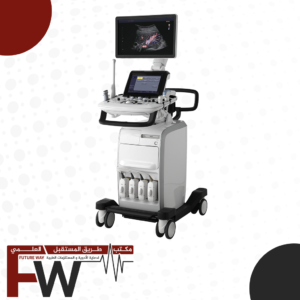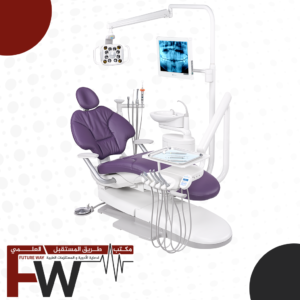Radiological Imaging Devices: Enhancing Medical Diagnosis and Treatment
Radiological imaging devices play a crucial role in modern medicine by providing healthcare professionals with detailed images of the internal structures of the human body. These cutting-edge devices utilize advanced technology to capture and visualize images, allowing for accurate diagnosis and effective treatment planning.
High-Quality Imaging for Accurate Diagnosis
With radiological imaging devices, medical professionals can obtain high-resolution images of various body parts, such as bones, organs, and soft tissues. These images help in the identification and characterization of diseases, abnormalities, and injuries. Whether it’s a simple X-ray, a computed tomography (CT) scan, or a magnetic resonance imaging (MRI) scan, these devices provide detailed and precise images that aid in making accurate diagnoses.
Improved Treatment Planning and Monitoring
Radiological imaging devices also play a vital role in treatment planning and monitoring. By visualizing the internal structures of the body, healthcare professionals can determine the best course of action for a patient’s treatment. For example, in radiation therapy, imaging devices help in precisely targeting tumors while minimizing damage to healthy tissues. Additionally, these devices enable doctors to monitor the progress of treatments and make necessary adjustments as needed.
Advancements in Radiological Imaging Technology
Over the years, radiological imaging technology has advanced significantly, leading to improved image quality, reduced radiation exposure, and faster imaging times. Innovations such as digital radiography, 3D imaging, and contrast-enhanced imaging techniques have revolutionized the field, allowing for more accurate and efficient diagnosis and treatment.
In conclusion, radiological imaging devices are essential tools in modern medicine. They provide healthcare professionals with detailed images that aid in accurate diagnosis, treatment planning, and monitoring. With ongoing advancements in technology, these devices continue to play a crucial role in improving patient outcomes and enhancing the overall quality of healthcare.






Reviews
There are no reviews yet.